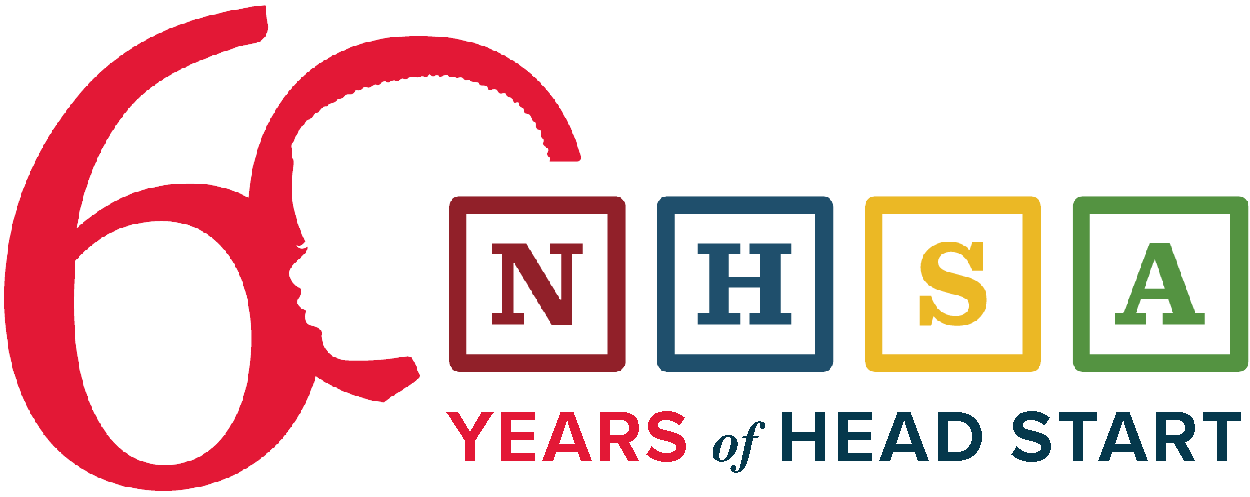Sound is a tremendous resource and teaching tool. Sounds tell stories and inspire communication. Sound comes before phonics, words, language and music. In making sound, children don’t have to develop any new skills. They can immediately take agency and begin to control their environment. And, through Creative Sound Play (CSP) Head Start teachers can harness the power of sound in the classroom.
What Does Sound Do and Why is Creative Sound Play Important?
Making and creating sound is fun, joyful, and part of being human! Sound—like the air we breathe—is in every aspect of our lives. It’s with us when we go to sleep, wake up, and go to school and it tells us where we are in space—on a street corner, in a classroom, on the playground, or at home.
Sounds have the power to calm, soothe, and inspire us—think of the gentle rustle of leaves—and sounds can also disturb or warn us of danger. When children are given a chance to simply listen and create sounds and silences with their peers, they develop intellectually, socially, emotionally, and physically.
By spending time creating the space to actively listen to your surroundings with your students, you are showing them that being quiet and listening is an action that is important to do. Actively listening enhances their aural capacities, which helps them develop their mindfulness and grasp that how they choose to interact with sound in their environment matters.Quietly listening supports their ability to self regulate and engage their inhibitory control.
Sound as an Educational Tool
Creative Sound Play (CSP) is an entirely play-based, generative, codified system. CSP engages and focuses children by doing the one activity they love and adore doing: making sound! Easy-to-learn sound games and exercises transform transition times into short learning bursts that enhance active listening skills, self-control, creative and cognitive flexibility, and working memory.
CSP develops social emotional learning, mindfulness and independence, and improves phonemic awareness, pre-reading literacy, math and science skills, hand-eye coordination, and raises self-esteem. It can also raise their self-esteem and help them to gain independence.
Below are three basic ways you can begin to use Creative Sound Play in the classroom.
1. Actively Listen
To begin, take a moment—30 seconds to a minute—to sit quietly with your students and actively listen to the sounds around you. You can hear more with your eyes closed, so let students know that it’s okay to close their eyes when listening. Do this activity a few times throughout each day.
2. Discuss and Share What You Hear
After listening, ask about and discuss what you just heard. What individual sounds did they notice? Which are loud and which are soft? What sounds come and go? If you hear a knocking sound, was it on metal or was it a woody, hollow sound? If there was music playing next door, was the bass sound heavy and loud, the percussion crisp? If there were people talking in the hall, how old were they, and what gender? In what direction did a sound come from? How did simply a specific sound make you feel? By stimulating class discussion and sharing, you are supporting and developing your students’ working memory, communication skills, vocabulary, critical thinking, mindfulness, and social-emotional learning.
3. Counting with Volume
This is a fun, call-and-response activity. By trying out new ways to sing, pronounce, and emphasizing different parts of your name, you demonstrate how to focus, engage, and have immediate fun sounding out names with your students! Watch the full video to see how it works.
Hayes Greenfield is a New York City based producer, composer, saxophonist, filmmaker, bandleader, and educator who began developing the Greenfield Method in the early 2000s while working with special needs high school students. In 2012, Hayes contacted Clancy Blair and Cybele Raver—two acclaimed developmental neuroscientists working at New York University—who immediately recognized the Greenfield Method’s potential and introduced Hayes to the award-winning Early Childhood Center at Lenox Hill NeighborHood House. Over a five year period, Hayes worked with the Center’s teachers and students to implement and codify his method.
Related Content
